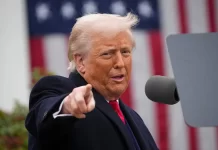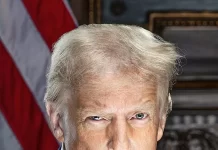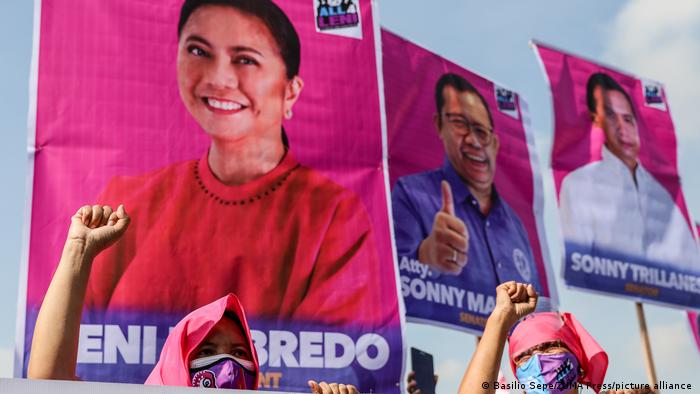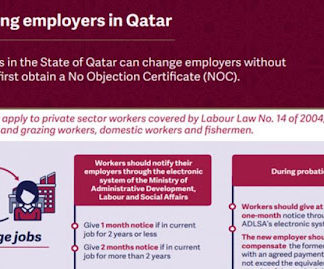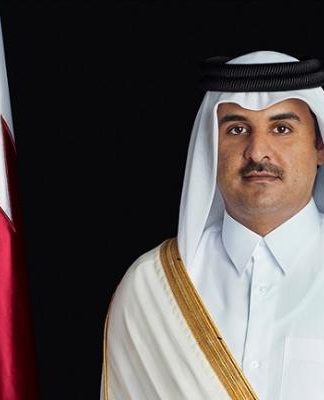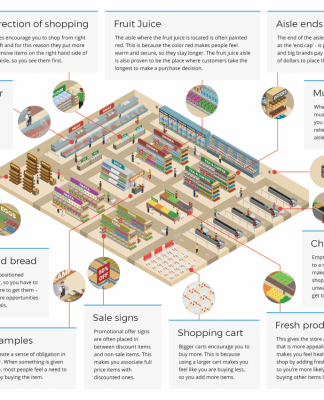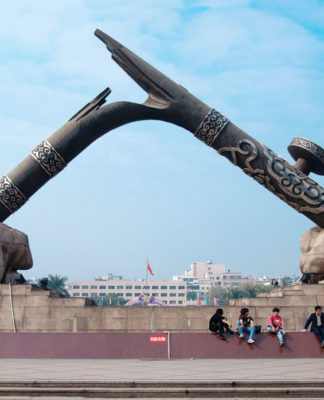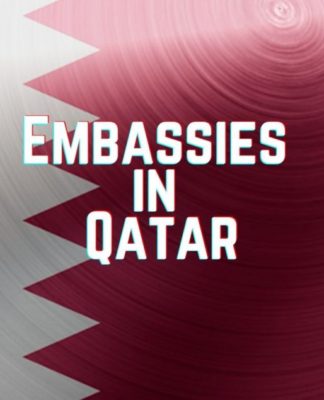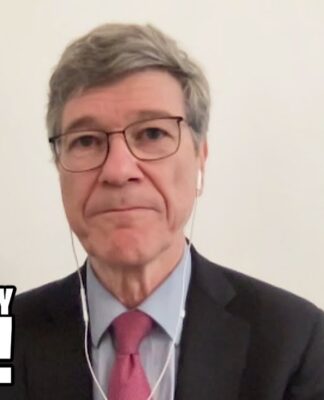Philippines elections: Why are people wearing pink?
Colors have a great significance in Philippine elections. Pink is new on the scene, competing against the seasoned red, yellow and blue.
Filipino nationalism and its electoral politics have long been associated with yellow, red, and blue. But now new candidate, Vice President Leni Robredo, is bringing a new color, pink, to theupcoming presidential race set to take place on May 9.
In the Philippines, electoral campaigns are very colorful. The colors define territories, allies, and enemies. They help politicians make these relations evident throughout the electoral race.
“Through this embodied and relational practice in Philippine elections, color is a way of identifying affiliations, alliances and also antagonisms,” explaines Oscar T. Serquina, Jr., assistant professor at the University of the Philippines Diliman.
Leni Robredo and the ‘pinksplosion’
Vice President Leni Robredo’s pink wave has seen mammoth rallies.
A Filipino news outlet reported that she drew 200,000 supporters in a demonstration in a province northwest of Manila earlier this month – despite no local endorsements.
Through pink, she is breaking away from her old affiliation with the former Liberal Party’s (LP) administration, which was characterized by the color yellow. Robredo is now an independent presidential candidate with a clear mission to unite the opposition and the dissenting voices against sitting President Rodrigo Duterte.
She is campaigning for an end to corruption, bringing greater rights to women and better governance as well as an end to what she has termed a culture of violence in the country.
Pinky Nepomuceno, campaigning for the team of Leni Robredo, explained that the color pink was chosen by the people. Social media broke into a “pinksplosion” in October 2021 when the vice president announced her candidacy. “Robredo’s supporters posted photos online with elements of the color pink in them,” Nepomuceno told DW.
Therefore, Robredo’s decision to initiate a pink campaign is seen as a response to “people’s demands”, she said. It is understood that her supporters chose pink because it is a “feminine color.”
Liane Reyes, another volunteer, told DW: “A perceived weakness of this campaign is that Leni is a woman, and pink is a blatantly feminine color. She has taken that weakness and turned it into the biggest campaign strength.”
Supporters of the pink wave have pledged allegiance to “Kakampink” – a derogatory term for fierce Robredo supporters who are out to convince others to join the race. The term is worn as badge of honor among her allies.
The red-green coalition
The pink wave is facing off against poll frontrunners Ferdinand “Bong-Bong” Marcos Jr. and Sara Duterte, the former Davao mayor and daughter of the outgoing populist president. Together they are campaigning with the colors red and green. The Marcos-Duterte camp aims to steer the nation out of the economic meltdown caused by the pandemic. They have also promised to create employment.
Marcos Jr., the son of the former Philippines dictator of the same name, has picked red as his campaign color. He’s a former senator and currently part of the Partido Federal ng Pilipinas (PFP) party.
Red benefits from its strong links to Filipino nationalism, something critics say that the pink color lacks. Charles Ladia, associate professor at University of the Philippines Diliman, specializing in persuasion, says: “Pink is not part of the Philippine flag unlike yellow, red and blue, which are aspects of nationalism.”
The outgoing president’s daughter, Sara Duterte, abandoned her father’s use of red in the 2016 polls, opting for green instead.
Campaigning on a red-green spectrum also looks to be a savvy political move.
“What could potentially mean a discord between father and daughter is a “divide and conquer” strategy for the Marcos-Duterte tandem,” Ladia told DW. Red and green, opposites on the color wheel, are also targeting different geographical terrains. Marcos Jr. is targeting the north, while Duterte is campaigning in the south.
“Some will go for red, and some will go with green … This way they can divide and conquer certain local candidacies and endorsements,” he told DW.
Against the tide with blue
Manila Mayor Isko Moreno’s presidential campaign is associated with blue, but he has not actively promoted himself using this color.
Sociologist Athena Charlanne Presto weighed in on Moreno rejecting the mainstream trend. “He has packaged himself as a centrist candidate for those who don’t want to vote for Marcos Jr. or Robredo,” she said.
Moreno is also seen as the “third force” – a candidate who does not have the same baggage as Marcos Jr. or Duterte. Therefore, his affiliation with blue is not a statement beyond color.
Livelihood programs are the center of his campaign. He has also vowed to avert the decades-long armed conflict in Mindanao, the country’s second-largest island.
Red, yellow, blue: the ruling party
The ruling party, PDP-Laban, encompasses the signature combination of red, yellow and blue.
“Sometimes parties coalesce with one another to create a new brand”, said Ladia, elaborating on the multi-party yet personality-driven nature of Filipino politics.
Incumbent Duterte used red as his campaign color in the 2016 polls. For the 2022 race, the party has nominated Senator Manny Pacquiao, who is creating his brand using blue and red. The key themes of his campaign are fighting poverty and corruption.
Pacquiao has criticized President Duterte over his cozy relationship with China. He believes that the Philippines should protect its sovereignty in the disputed South China Sea.
Aries Arugay, a Filipino voter, believes that colors are a way of expressing commitment to a candidate. He sees it as “a convenient way of segregating electoral support.”
The color-rich campaigns prevail in the race up to May 9. It remains to be seen whether Philippine politics will accommodate pink amid the more typical yellow, red and blue.
Edited by: Kate Martyr








